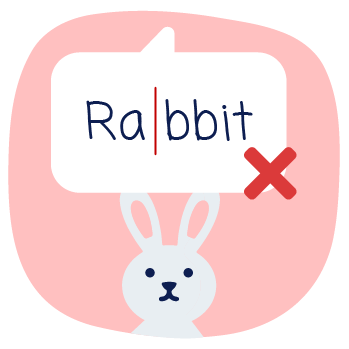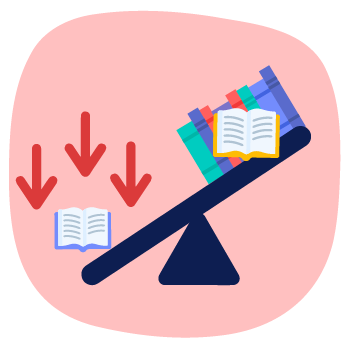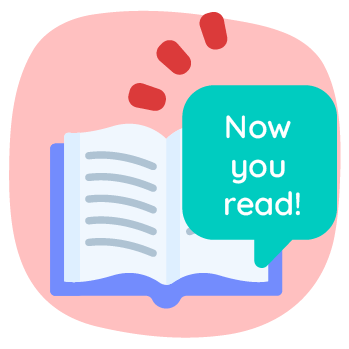January 18 2023
Many Changes for Reading Instruction

With reading scores dropping nationwide, many are concerned and want to find solutions to this dilemma. Countless districts have stated they are considering changes to their reading programs, including updated curriculum and reading tutors. The New York Times recently published an article about how reading expert, Lucy Calkins, pulled back from her literacy philosophy that children are “natural readers.”
Now Calkins is focusing her curriculum to include more emphasis on phonics. This focus leans into the new (or old) understanding of the science of reading. A Reading Rockets article, The Need to Change the Way Children Are Taught to Read, explores the most recent research to provide a clear picture of reading difficulties and how to address them. Part of their research includes a paper, Informed Instruction for Reading Success, that provides answers to the current crisis. The findings led to the following conclusions about reading failure:

- Insufficient awareness of the sound structure of words (phoneme awareness).

- Poor and inaccurate decoding of single words.

- Poor decoding in early grades predicts weak reading comprehension in the later grades.

- Reading programs often have a biological basis and affect individuals of all levels of intelligence and ethnic backgrounds.

- Children from disadvantaged backgrounds where books and word games are less evident are at a great disadvantage.

- Failure to provide appropriate reading instruction can exacerbate reading difficulties.

- The majority of children find it easier to read and spell if they are given systematic instruction that matches their current reading level.
What is the BEST way to teach reading?
With the failure of many reading programs, there are calls for improved standards, teacher preparation, and curriculum implementation based on scientific research on reading and writing. These actions help prepare and guide educators in teaching students to become proficient readers:
- Phonics
- Phonological awareness
- Comprehension
- Vocabulary
- Fluency
With only 44 percent of school children reading fluently (at or above grade level), reading proficiency is not the norm for most students. This sets students up for a lifetime of struggle.
As you look into new programs and resources to support students, consider the following:
- Look for a science-based reading curriculum
- Partner with parents to help students at home by:
- Reading daily
- Teaching the alphabet before kindergarten
- Read aloud to children and sound out difficult words together
- Practice site words
- Support teachers with professional development that focuses on the science of reading.
- Support struggling readers with trained reading tutors
- Use programs and apps that help students practice reading
How Readability Can Support
Readability is a science-based supplemental reading curriculum powered by the most advanced artificial intelligence tutor that listens, prompts, encourages, and assesses students in real time as they read. It also is an award-winning affordable app that supports teachers, parents, and students to get their 20-30 minutes of reading practice reading by:
Here’s how it works:
- Early readers can select books to be read to them
- The built-in reading tutor can listen to students read and support them on the words they struggle with.
- It can be used anywhere with a tablet, phone, or computer.
- Students can tap a word for a definition and pronunciation.
- The app monitors and provides reports on
- Fluency
- Comprehension
- Vocabulary
- Practice Time
- Growth
We would love to show you how Readability can support your readers.

